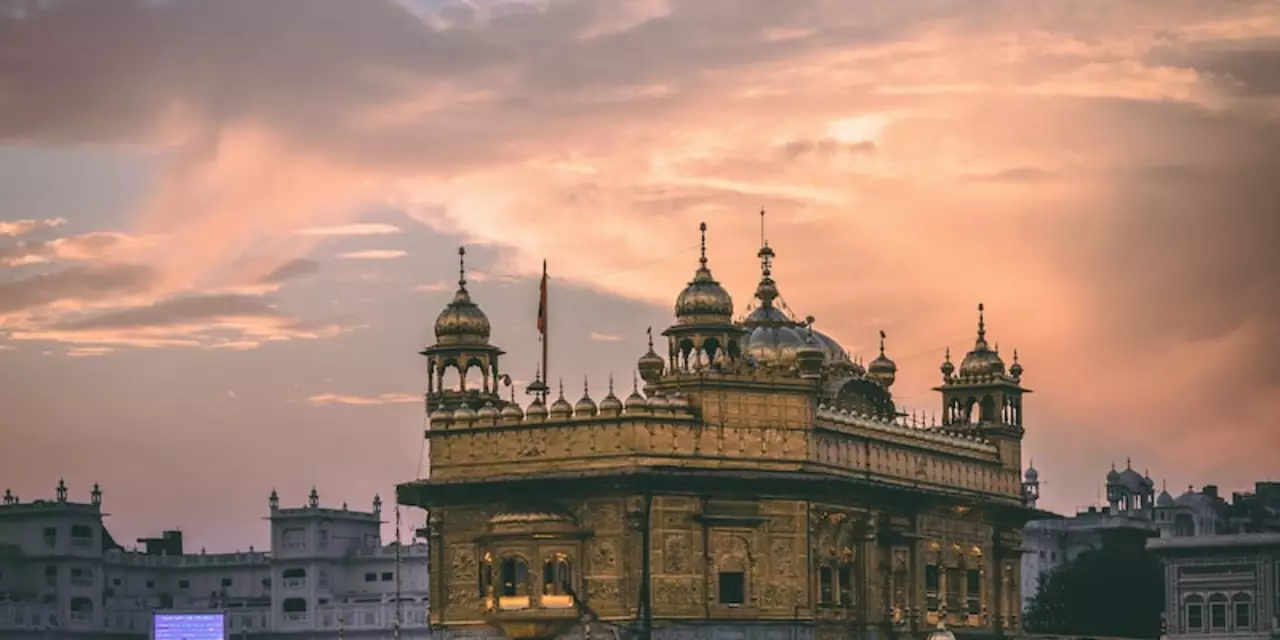Infrastructure Insights: What’s Shaping India’s Built Environment
India is adding miles of highways, new airports, and smarter cities faster than ever. If you’ve ever wondered why traffic seems to move a bit smoother in some places or why a new metro line appears overnight, the answer lies in the massive infrastructure push that’s reshaping daily life. Below we break down the biggest projects, why they matter, and how you can stay in the know without getting lost in jargon.
Key Projects Driving Growth
Road networks are getting a serious upgrade. The Bharatmala Pariyojana aims to build 34,800 km of new highways by 2025, linking remote districts to major economic hubs. For a commuter, that means fewer potholes and shorter travel times on routes that used to feel endless.
Railways are not left behind. The Dedicated Freight Corridors (DFCs) are double‑track lines reserved just for cargo, cutting freight delays by up to 30%. When goods move faster, prices on shelves can stabilize, and businesses gain a competitive edge.
Air travel is booming, too. New airports like Navi Mumbai and expansions at existing hubs are designed with modular terminals that can grow as demand rises. This makes it easier for smaller cities to attract airlines and for travelers to find more flight options.
Smart city initiatives are turning ordinary towns into tech‑friendly places. Sensors monitor traffic flow, waste collection, and even water quality in real time. Residents can check bus arrival times on an app or receive alerts when water pressure drops, creating a more responsive environment.
How You Can Keep Up
First, follow reliable sources that track project milestones. Government portals publish monthly progress reports, and most major news sites have dedicated sections for infrastructure updates. A quick glance at these dashboards can tell you which highways are opening soon or which rail lines are entering the testing phase.
Second, use social media wisely. Many city planning departments share live updates on Twitter or LinkedIn, often with photos of construction sites. Subscribing to these feeds keeps you informed without having to hunt for articles.
Third, consider local community groups. Neighborhood associations often host town‑hall meetings when a new project is proposed. Attending these sessions gives you a voice and helps you understand how a development will affect property values, commute times, or even school zones.
Finally, think about skill upgrades. If you work in logistics, real‑time freight data from the DFCs could be a game changer. If you’re in real‑estate, knowing which smart‑city zones are receiving the most investment can guide where you buy or develop next. Short online courses on GIS mapping or project management can make those insights actionable.
Infrastructure isn’t just concrete and steel—it’s the backbone of everyday convenience and long‑term economic health. By staying curious, checking the right sources, and learning a few new tools, you’ll turn the flood of new projects into opportunities rather than overwhelm. Keep an eye on the road signs, rail timetables, and city dashboards; they’re telling a story you’ll want to read.
Why don't you like India?
India is a country with a rich and diverse culture. However, there are some people who don't like India for various reasons. Some people don't appreciate India's caste system, which is a long-standing tradition that has been part of Indian society for centuries. Others may have difficulty adjusting to India's hectic pace of life, or they may find the food and culture too unfamiliar. Additionally, some people are put off by India's lack of infrastructure, which can make it difficult to get around. Whatever the reason, it is important to remember that not everyone will share the same opinion about India.
